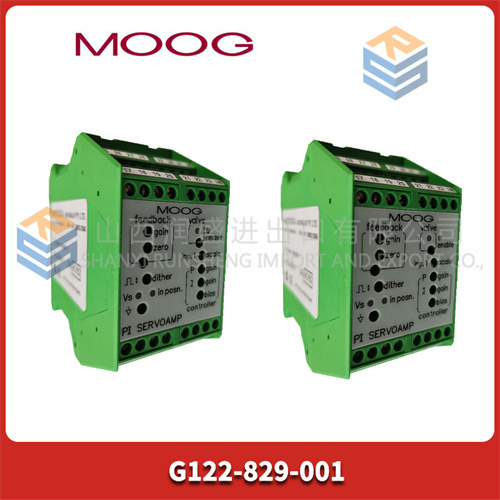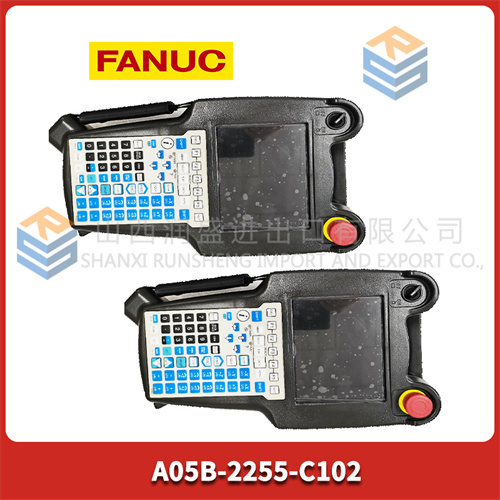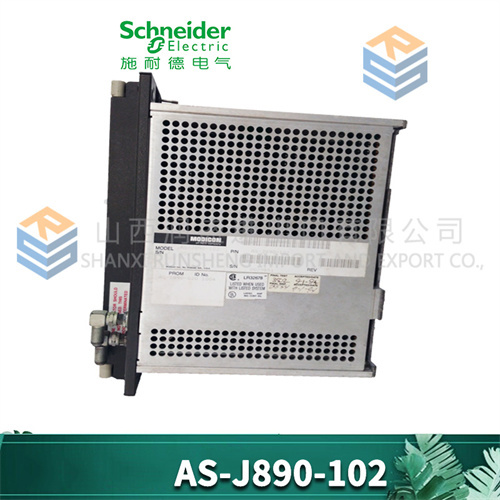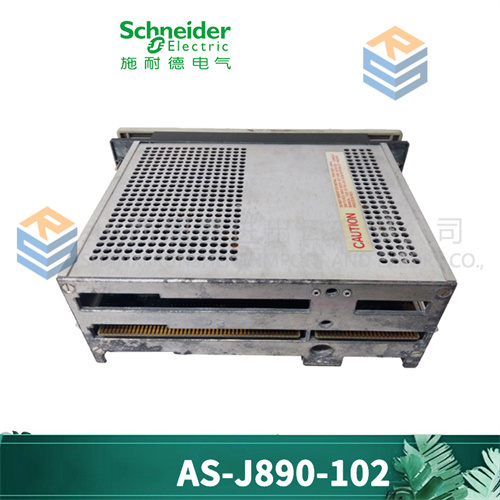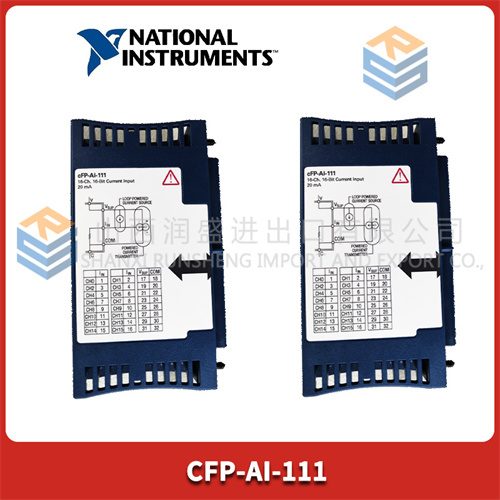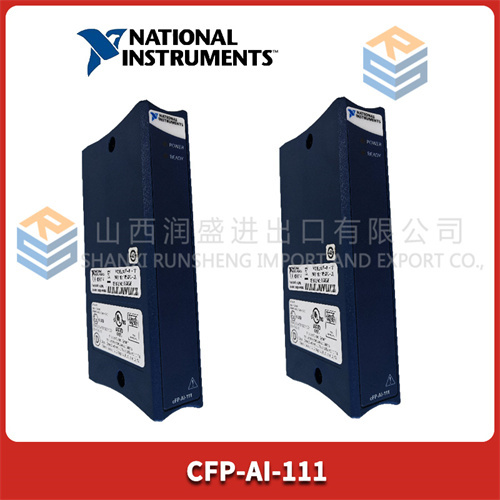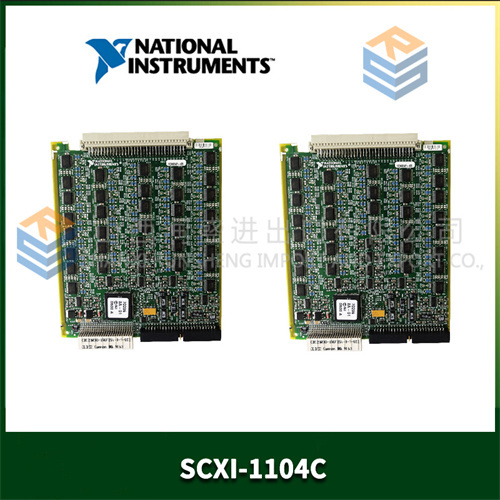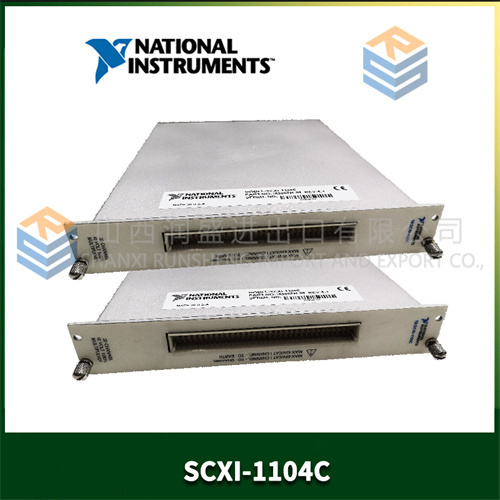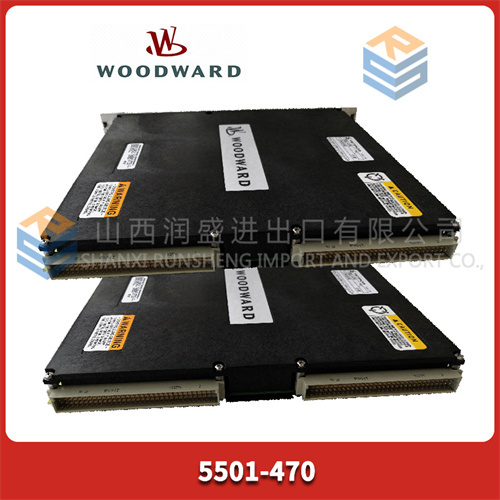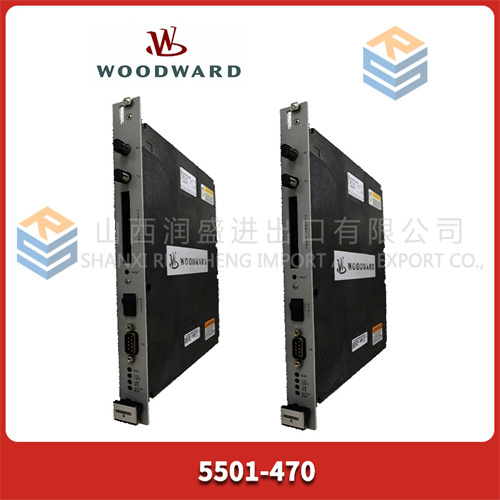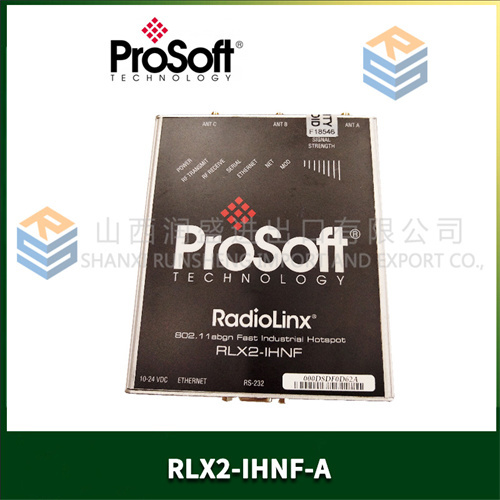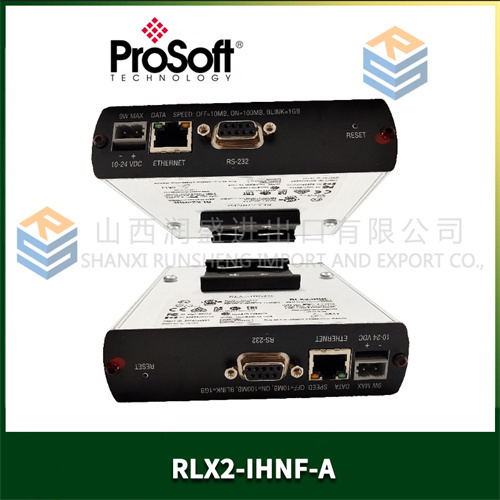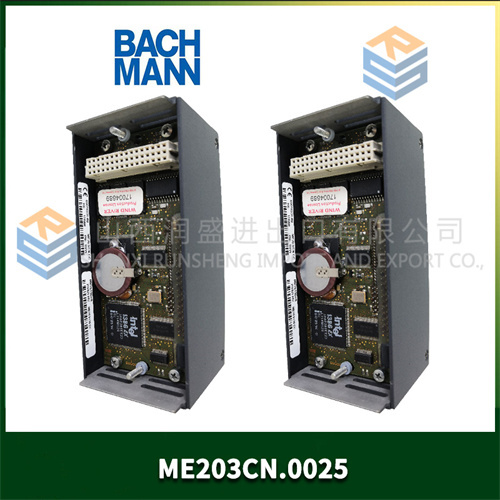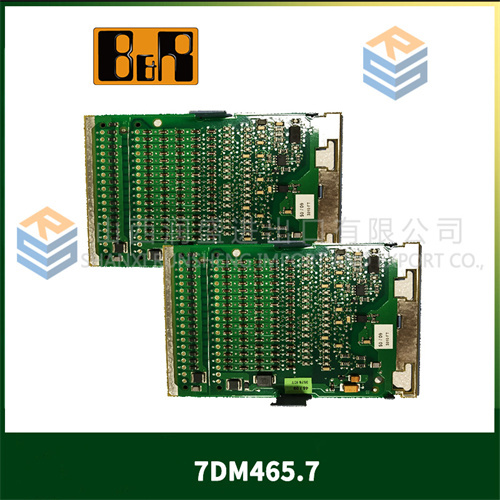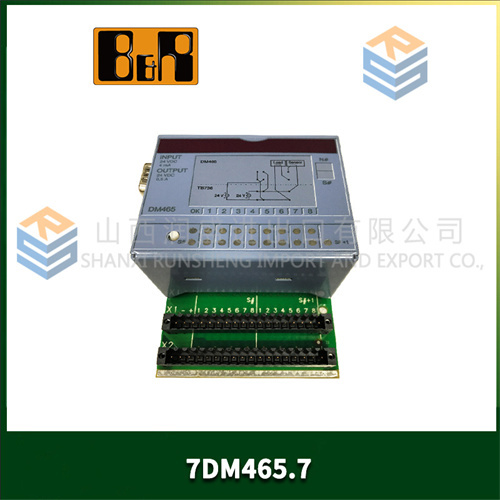G122-829-001
¥2,032.005. Potential Application Areas
- Industrial Automation: In manufacturing plants, it could be used to control and monitor production processes. For example, it could regulate the operation of a robotic arm, monitor the quality of a product on an assembly line, or control the flow of materials in a warehouse.
- Building Automation: In commercial buildings, it could be used to control and monitor HVAC systems, lighting systems, and security systems. This helps to optimize energy consumption and improve the comfort and safety of building occupants.
- Energy Management: In power plants, renewable energy facilities, or large – scale industrial complexes, it could be used to monitor and control energy consumption. It can collect data on power usage, voltage, and current, and send control signals to adjust equipment operation for better energy efficiency.
6. Selection Suggestions
- Function Requirements: Clearly define your specific requirements, such as the number of inputs/outputs, the type of control or monitoring functions needed, and the communication protocols required.
- Compatibility: Ensure that the G122 – 829 – 001 is compatible with your existing industrial equipment, including sensors, actuators, and control systems. Check the electrical specifications, communication interfaces, and software compatibility.
- Environment: Consider the installation environment, such as temperature, humidity, and the presence of dust or corrosive substances. Make sure the device can operate reliably in such conditions.
- Cost – Benefit Analysis: Compare the cost of the product with its features and performance. Consider the long – term benefits, such as reduced maintenance costs, improved efficiency, and increased productivity.

